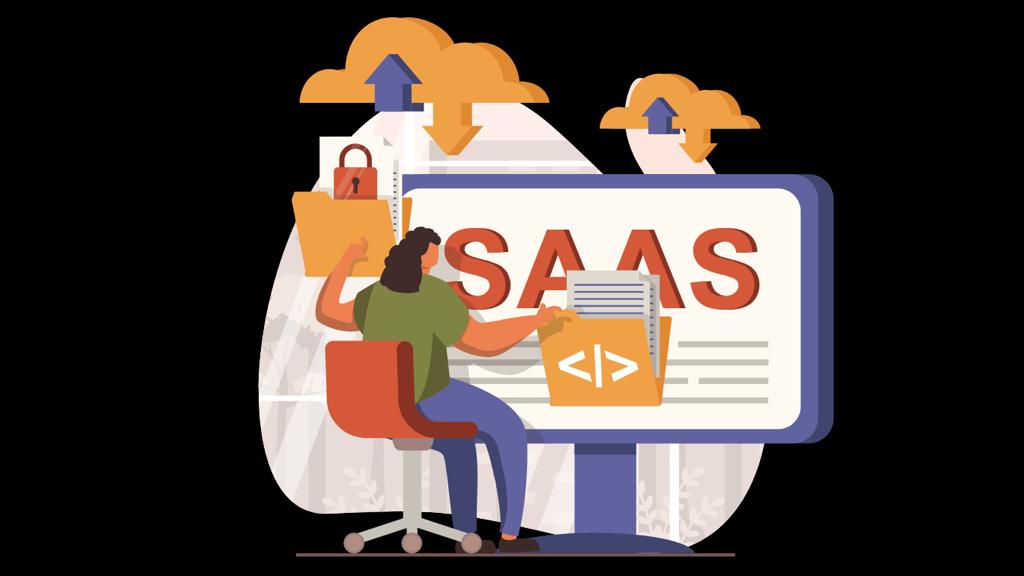
Introduction
Startup funding stages encompass the journey from initial ideation to securing capital at various key milestones. You can learn a lot from business owners who have gone before you as you think about the next stage in the development of your startup and how getting startup funding can help you realise your vision. Although every startup’s path will be different, we think that using this comprehensive guide to startup funding will help you run a more effective campaign.
1. What is financing for startups?
Almost all companies begin as small enterprises. Some stay small companies, serving their markets and meeting their owners’ dreams. Others experience consistent development as owners reinvest their profits and keep on steadily growing their service offerings. Small businesses that have the possibility for rapid expansion and the required funding also fall under this category. These latter businesses are typically referred to as “startups,” and they can realise their full potential with startup funding funds.
By taking an equity stake in your startup, investors participate in the risk-reward trade-off. The percentage of their stake depends on the amount of the investment and the expected value of your business. Investors contribute more than just cash to the table. Your ideal investor will add knowledge to your team in your industry, as well as connections to other investors, prospective clients, and even the staff you’ll need to develop your growth engine.
Depending on where your company is in its development, various stages of startup fundraising take place.

2. Here is a brief summary of the different kinds of business funding:
1. Bootstrap:
In the early stages of any business, you start with no money or with whatever resources you can scrape together, whether they come from your own resources or those of your neighbours, family, or coworkers.
2. Seed rounds:
The first round of financing from outside sources is known as seed funding. When a founder has an idea and/or a prototype but may not yet have established a market, seed investors are similar to early backers who are ready to invest. To create a product and strengthen the team to gain more traction, seed funding is used. A company may go through as many seed stages as necessary.
3. Series A:
Once your business has reached the point where it has a market for its product or service, as well as enough evidence in the form of revenues and what investors refer to as “traction,” you’ll start to consider Series A funding, where you’re dealing with venture capital firms or more established investors. A Series A round requires more work in advance because your business must go through a more thorough evaluation. Series A deals typically cost between $2 million and $10 million, though they may cost more.

4. Series B and beyond:
As long as your business seems to have room for expansion, the alphabetical extension of your fundraising efforts is possibly limitless. Each fundraising round is a step toward increasingly larger ones, with the investors in each round receiving a higher priority than the investors in the round before. Additionally, most venture capitalists establish a timetable for when they anticipate selling their investment in your company or cashing out.
5. IPO:
You’ll likely be prepared to go public with an initial public offering (IPO) if your business grows to a size that exceeds the institutional investors’ capacity to finance it (IPO).
3. Startup Funding Stages: A Comprehensive Guide
For entrepreneurs who are starting a business, one of the biggest challenges they face is securing funding. Without funding, it can be nearly impossible to get a startup off the ground. However, the process of securing funding can be complicated and confusing. There are different stages of funding that a startup can go through, each with its own set of requirements, advantages, and disadvantages. In this article, we’ll take a closer look at the various stages of startup funding, what each stage entails, and what entrepreneurs can expect along the way.
1. Seed Funding
Seed funding is the earliest stage of the startup funding stages. It’s the initial capital that a startup needs to get started, usually used to cover basic expenses such as product development, market research, and employee salaries. Seed funding is typically provided by the startup’s founders, family members, friends, or angel investors. The amount of seed funding a startup can raise can vary, depending on the industry, product, and potential for growth.
One of the biggest advantages of seed funding is that it allows entrepreneurs to get their ideas off the ground without having to give up control of their company. However, seed funding can be challenging to obtain, as most investors are looking for startups with high growth potential and a clear path to profitability. For this reason, it’s important for entrepreneurs to have a solid business plan and a clear understanding of their target market before seeking seed funding.

2. Angel Funding
It is the next stage of the startup funding stages. Angel investors are high-net-worth individuals who invest their own money into startups. They provide funding in exchange for a percentage of equity in the company. Angel investors typically invest in startups that have already received seed funding and have a clear path to profitability.
The amount of funding that angel investors provide can range from a few thousand dollars to several million dollars. Angel investors can be a great source of funding for startups, as they often bring valuable industry experience, contacts, and expertise to the table. However, angel investors can also be demanding and may expect a high rate of return on their investment.
3. Venture Capital Funding
Venture capital funding is the next stage of the startup funding stage. VCs are institutional investors who provide funding to startups that have already received seed funding and angel funding. VCs invest in startups with high growth potential and a clear path to profitability.
The amount of funding that VCs provide can range from a few million dollars to several hundred million dollars. In exchange for their investment, VCs typically receive a significant percentage of equity in the company. VCs can also provide valuable industry experience and expertise, as well as connections to other investors and potential customers.
However, VCs can be demanding and may require significant changes to the startup’s business model or leadership team. They also typically expect a high rate of return on their investment, which can pressure startups to achieve rapid growth and profitability.
4. Series A, B, and C Funding
Once a startup has received seed funding, angel funding, and venture capital funding, they may move on to series A, B, and C funding. These funding rounds typically help startups scale their operations and grow their customer base.
Series A funding is typically used to help startups expand their team, develop new products, and grow their customer base. Series B funding is used to help startups expand their market reach, enter new markets, and scale their operations. And Series C funding is used to help startups achieve rapid growth, enter new markets, and potentially prepare for an IPO.
The amount of funding that startups can raise during series A, B, and C funding rounds can vary significantly, depending on the industry, product, and potential for growth. However, these funding rounds typically involve large institutional investors, such as private equity firms or hedge funds.

Conclusion
Navigating the various stages of startup funding is crucial for entrepreneurs seeking to turn their innovative ideas into successful businesses. The ultimate guide to startup funding stages provides valuable insights into the journey of securing funding, from the early ideation phase to scaling and growth.
Throughout the guide, we explored the different stages of startup funding, including pre-seed, seed, series A, series B, and beyond. Each stage presents its unique challenges and opportunities, requiring entrepreneurs to adapt their strategies and approach to attract investors and secure the necessary capital.
We also discussed each funding stage’s key characteristics, expectations, and milestones. Understanding these nuances enables entrepreneurs to align their fundraising efforts with investors’ specific requirements and preferences at each stage.
Furthermore, the guide sheds light on the various funding sources available to startups, ranging from angel investors and venture capital firms to crowdfunding platforms and government grants. Entrepreneurs can leverage this knowledge to identify the most suitable business funding options and devise a comprehensive funding strategy.

Importantly, the guide emphasized the significance of a strong business plan, compelling pitch, and robust financial projections in attracting potential investors. Entrepreneurs should focus on building a solid foundation for their startup, demonstrating market traction, and showcasing a scalable and sustainable business model.
The ultimate guide to startup funding stages serves as a valuable resource for entrepreneurs, offering insights, strategies, and best practices to navigate the complex world of startup financing.
If you found this blog post informative, we encourage you to continue exploring the exciting worlds of technology. CLICK HERE to connect with like-minded individuals through comments and dive deeper into the latest developments in these fields like tech trends, mass layoff wave, ChatGPT, etc…





